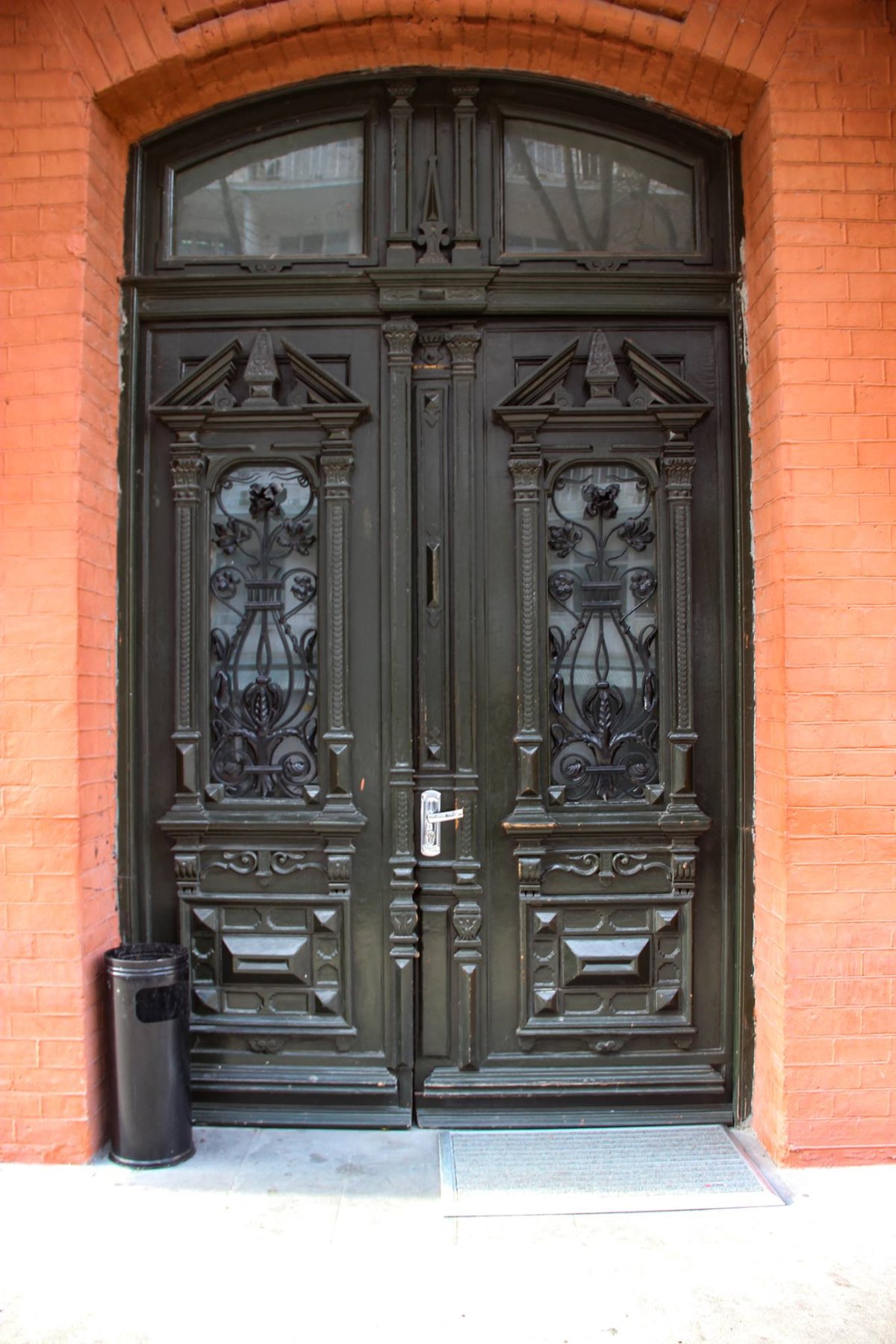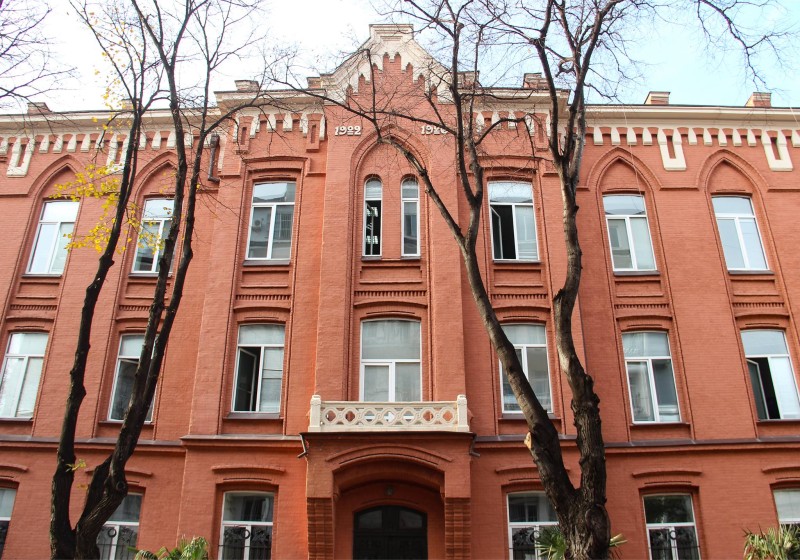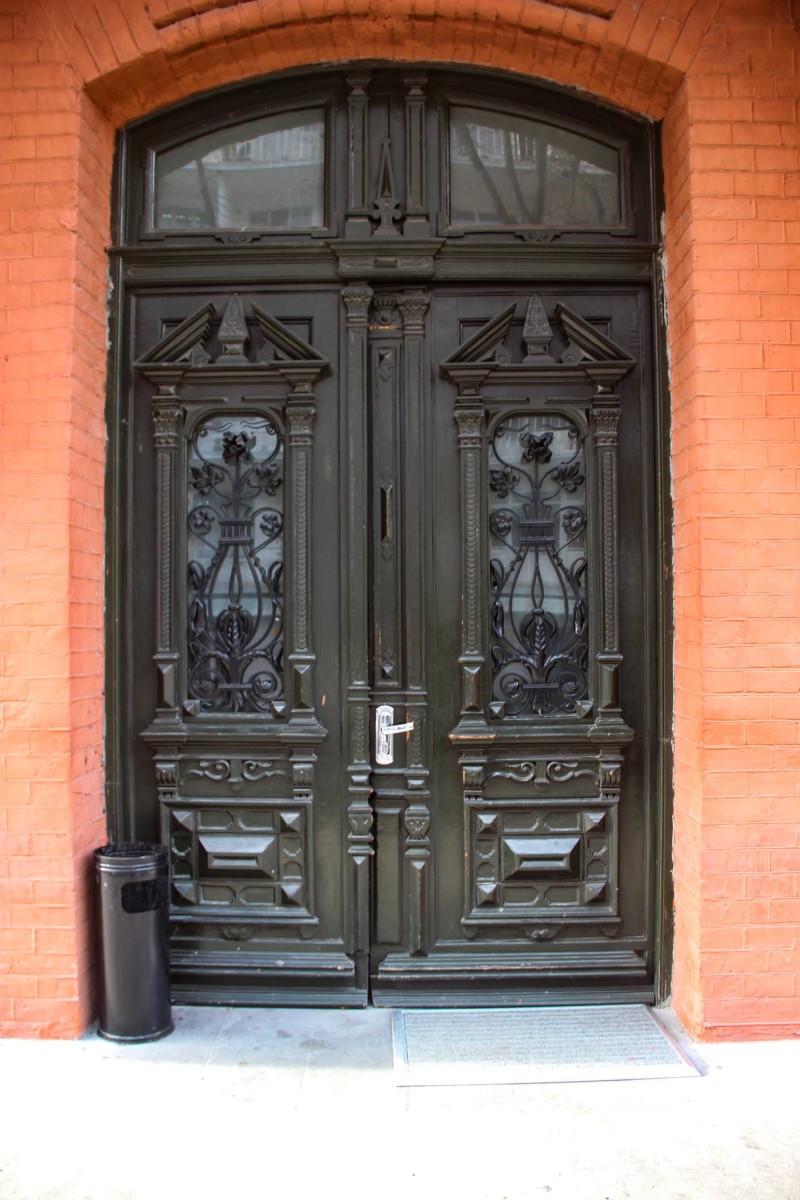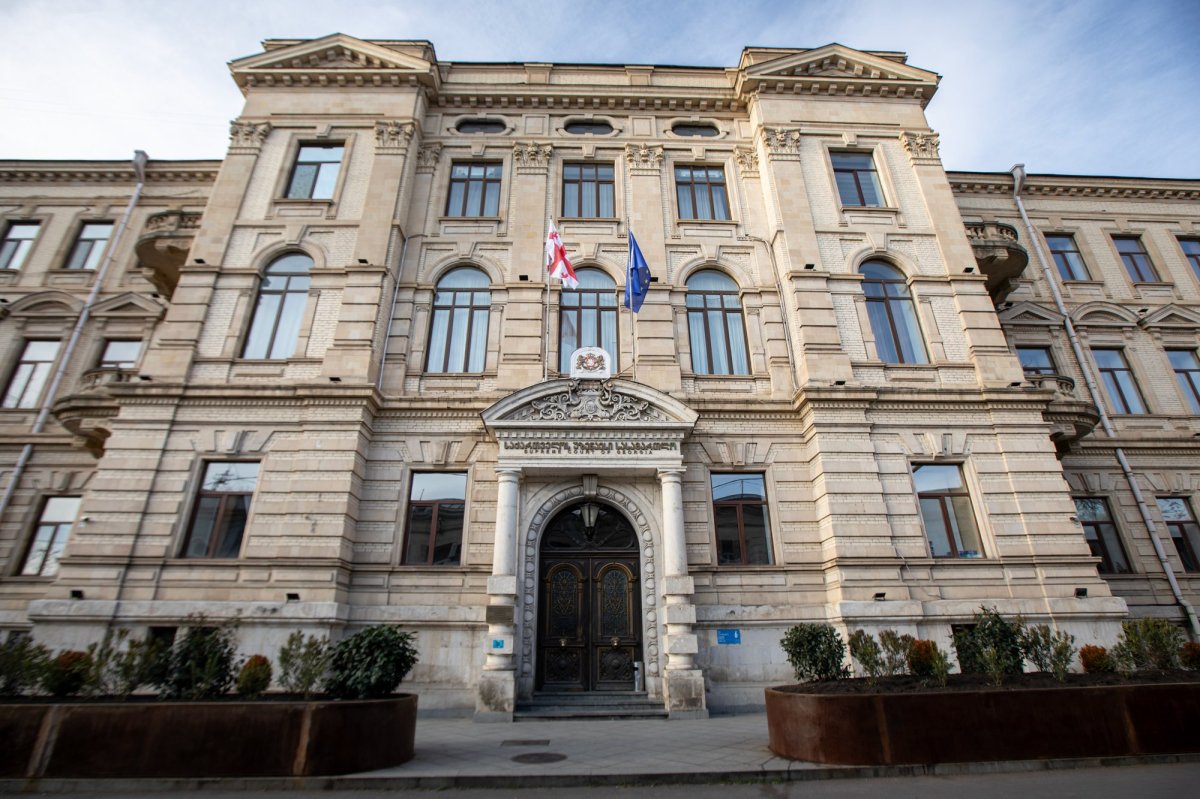
Information in details
The brick three-story building located at 6, Zubalashvili St. has not only charming architecture but also an interesting history. It is connected with the name of Nikoloz Zubalashvili, a famous Georgian industrialist and philanthropist - one of the prominent representatives of the Zubalashvili clan. He died in Nice in 1898 and left a will, according to which he left a part of his property to Tbilisi City Hall to organize a shelter for the poor. The shelter was to have an equal number of representatives of different denominations - Orthodox, Catholics, and Armenian-Gregorian. The will provided for the construction of a new building for the shelter. The project of the building was designed by the famous architect Mikheil Ohanjanov, who worked in Tbilisi at the end of the 19th century. The construction took place in 1902-1906. The consecration of the building took place in November 1906. The house was designed for 60 "disable people". 104,000 manats were spent on its construction, and 22,000 manats were spent on the arrangement, which was a colossal amount at that time. On the first floor of the Thanksgiving house, there was a medical center, pharmacy, baths, barber shop, laundry, and kitchen, and on the 2nd and 3rd floors - living and entertainment rooms. According to tradition, it is known that there was carved, valuable furniture in the building. The stairs, corridors, and cabinets of the house were covered with Iranian and Turkish carpets. It turns out that the residents there had plenty of food and drink, and they ate food 4 times a day from German and Japanese dishes. Clothes and bed linen were ordered from Holland for the residents of the house for the homeless. The "Zubalashvili Home for the Destitute" functioned as a shelter until the 1920s, and from 1937 until recently, a children's hospital was located in it. As a sign of respect and gratitude to the donor, the main facade of the building was decorated with the inscription: "ДОМ НЕЙМУЩИХ ИМЕНИ Н. E. ZUBALOVA". (HOUSE OF THE POOR NAMED AFTER N. E. ZUBALOV") The inscription disappeared from the facade during the communist regime. At the time, the unusually large and dimensional building with a Latin letter L-shaped plan was outstanding both in terms of scale and architectural-artistic solution; With unplastered brick facades, it is a rare example of the modern "Art Nouveau" style in Tbilisi. The architectural treatment of the facades divided by three risalites, strictly symmetrical and balanced, refers to neo-Gothic architectural motifs along with Art Nouveau. The tall vaulted arch marking the windows of the second and third floors, together with the triangular pediments crowning the risalites, gives the facade a typical Gothic character. The wooden two-wing door of the central entrance, with a grille of floral ornament characteristic of the modern Art Nouveau style, deserves attention. Stone floors, a staircase, and metal decorative railings are important in the entrance hall. The historical building was rehabilitated in 2012 by the Tbilisi Development Fund. Today, the Mtatsminda Administration of Tbilisi Municipality and Tbilisi Development Fund are located in this building. "


 თბილისი, Brothers Zubalashvili street N6
თბილისი, Brothers Zubalashvili street N6
 41.6989894, 44.7945636
41.6989894, 44.7945636





